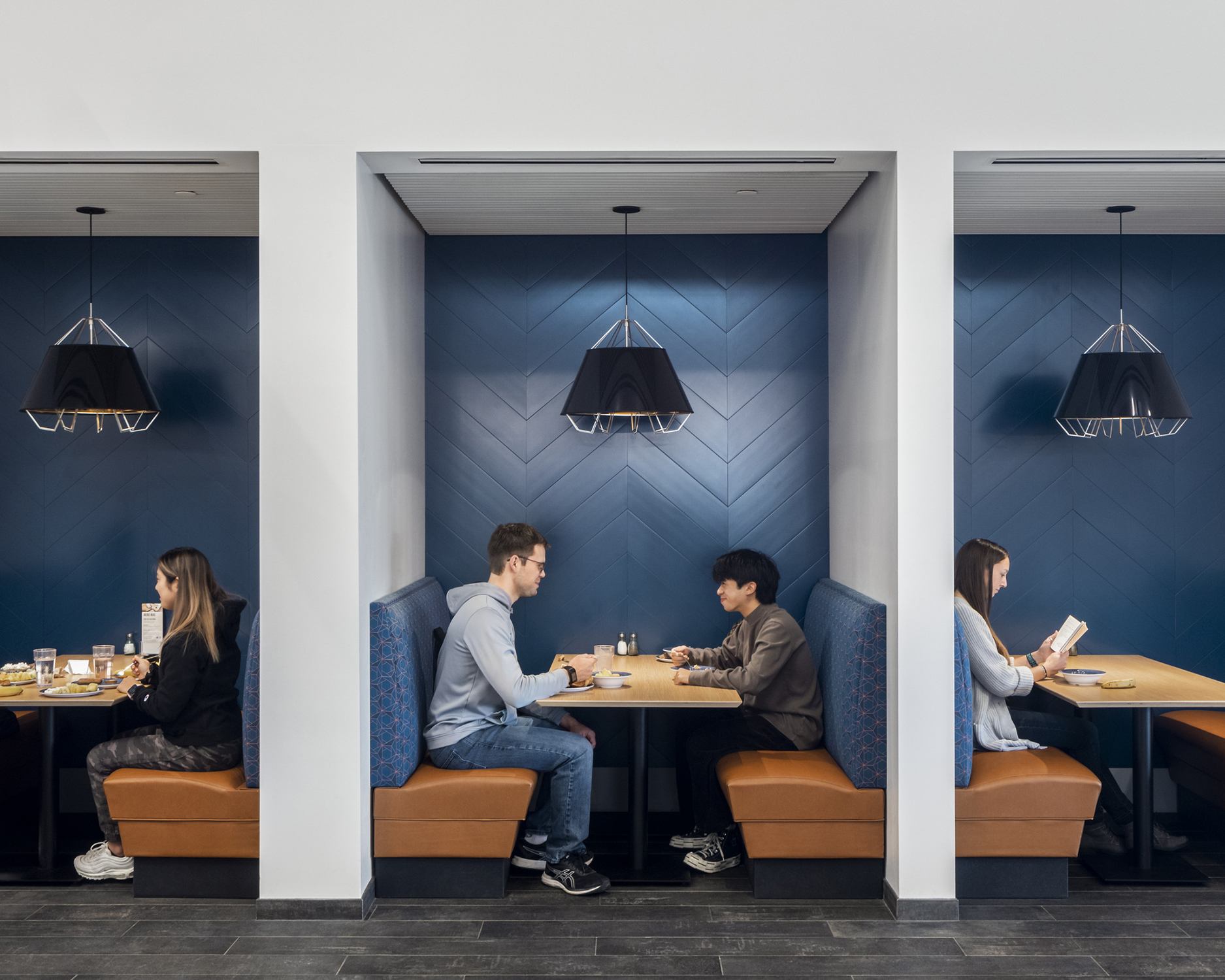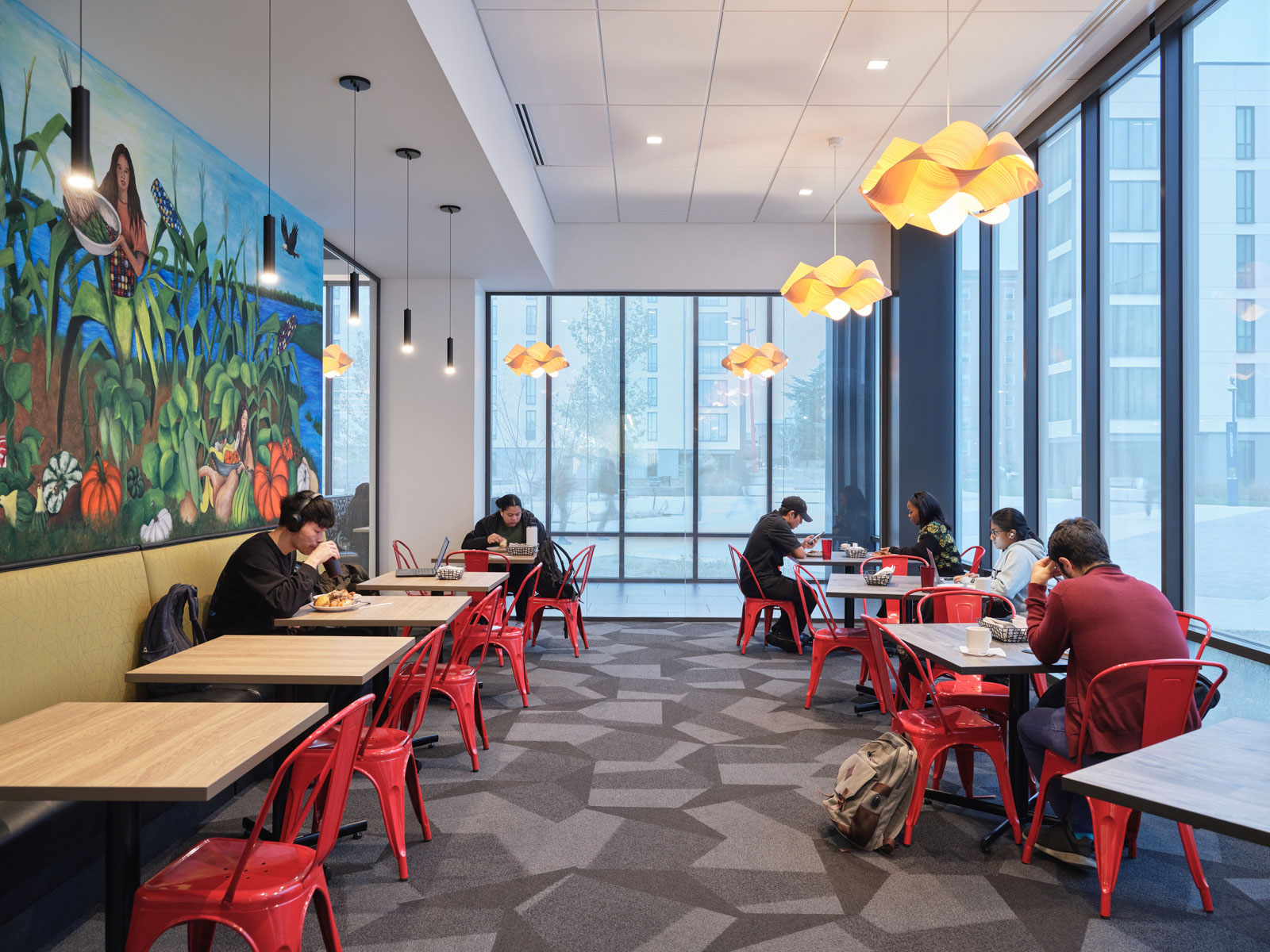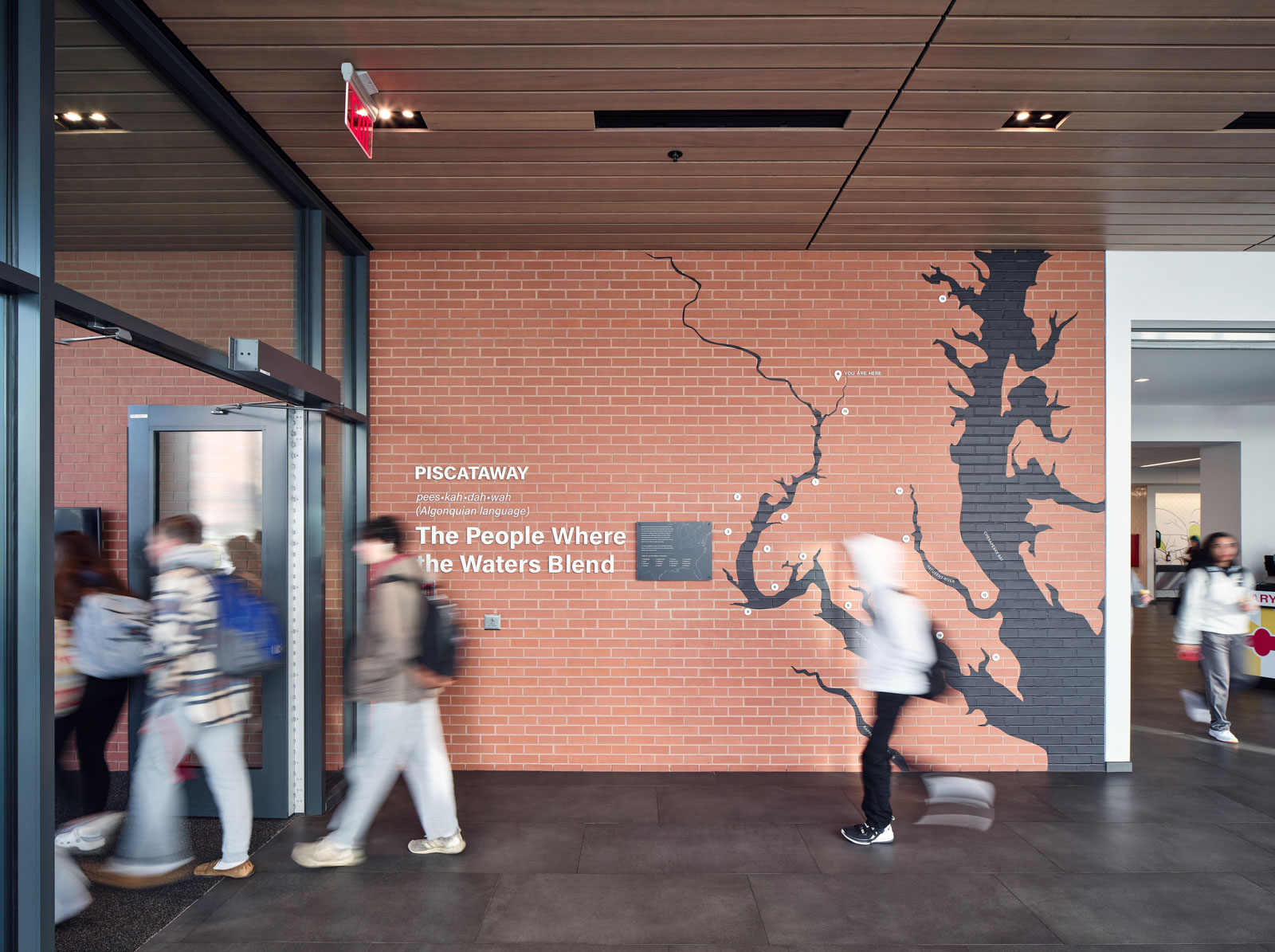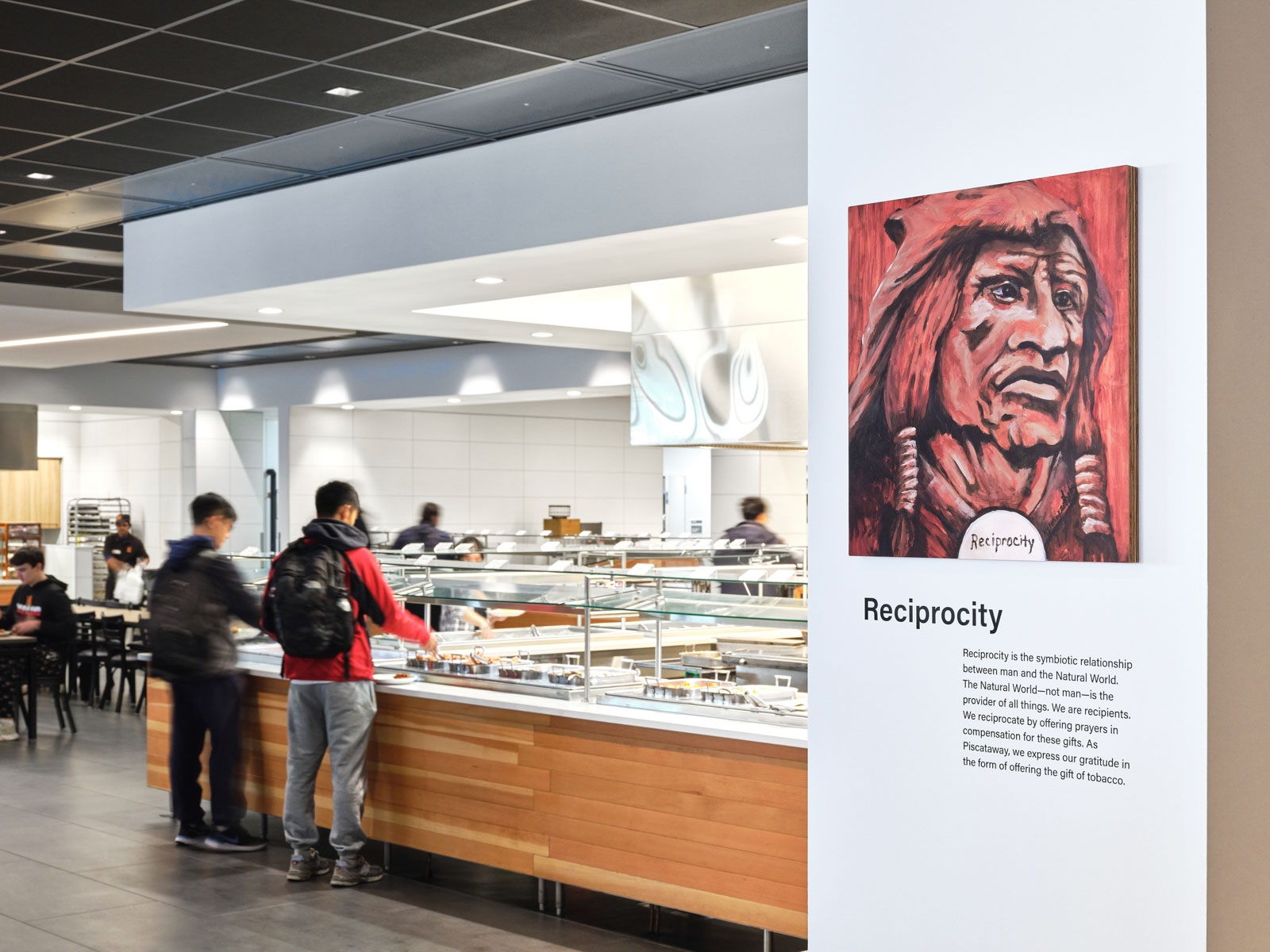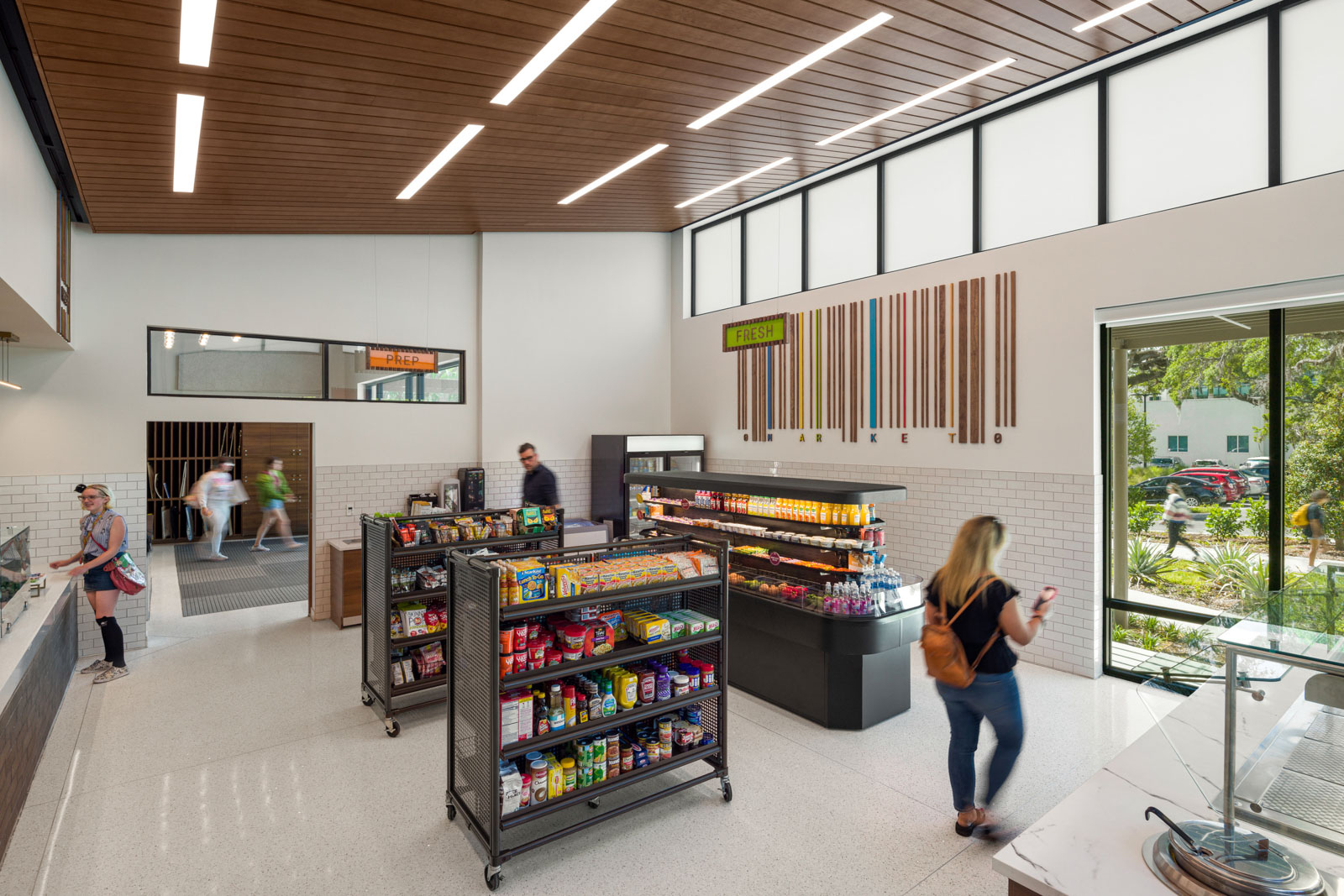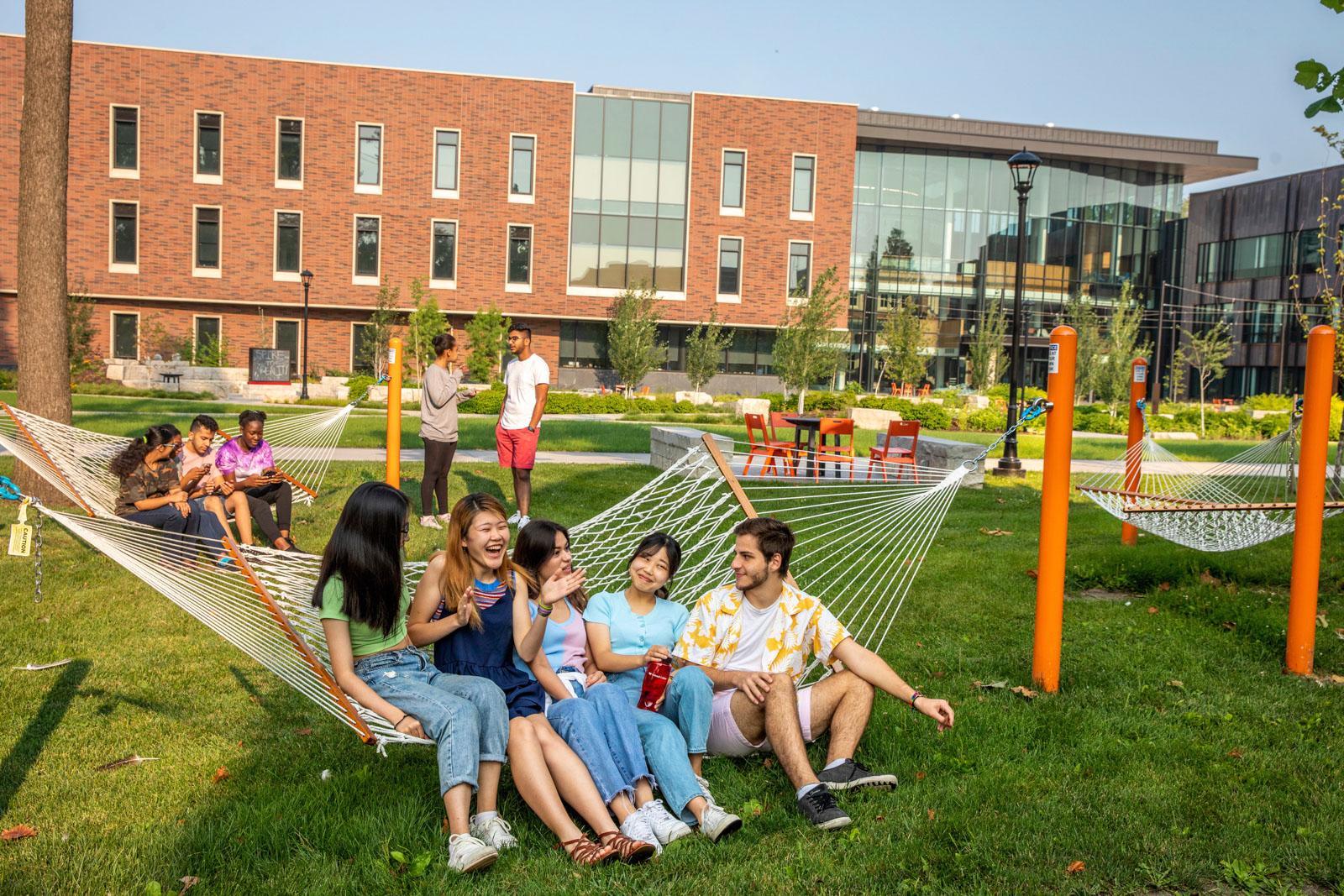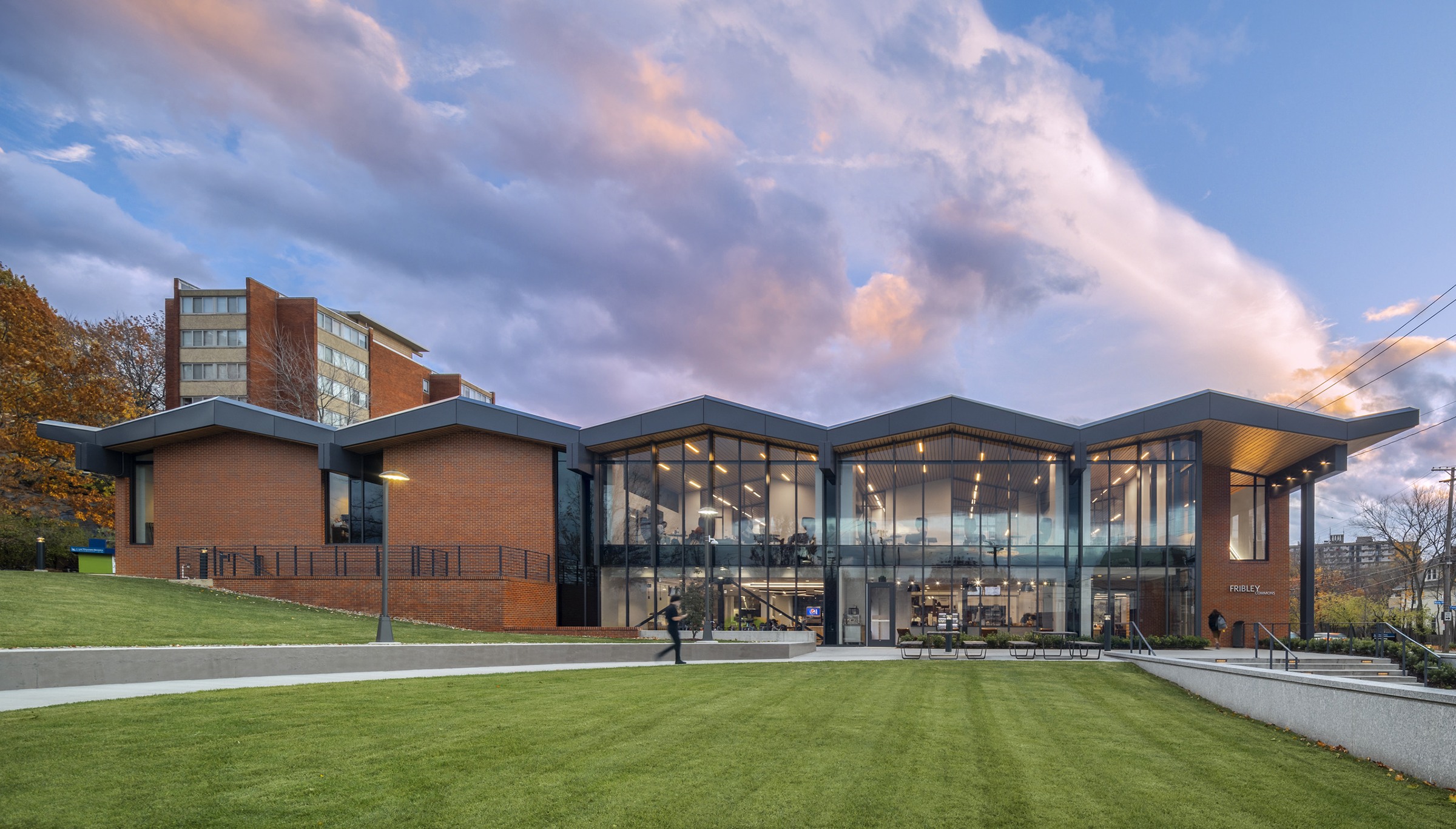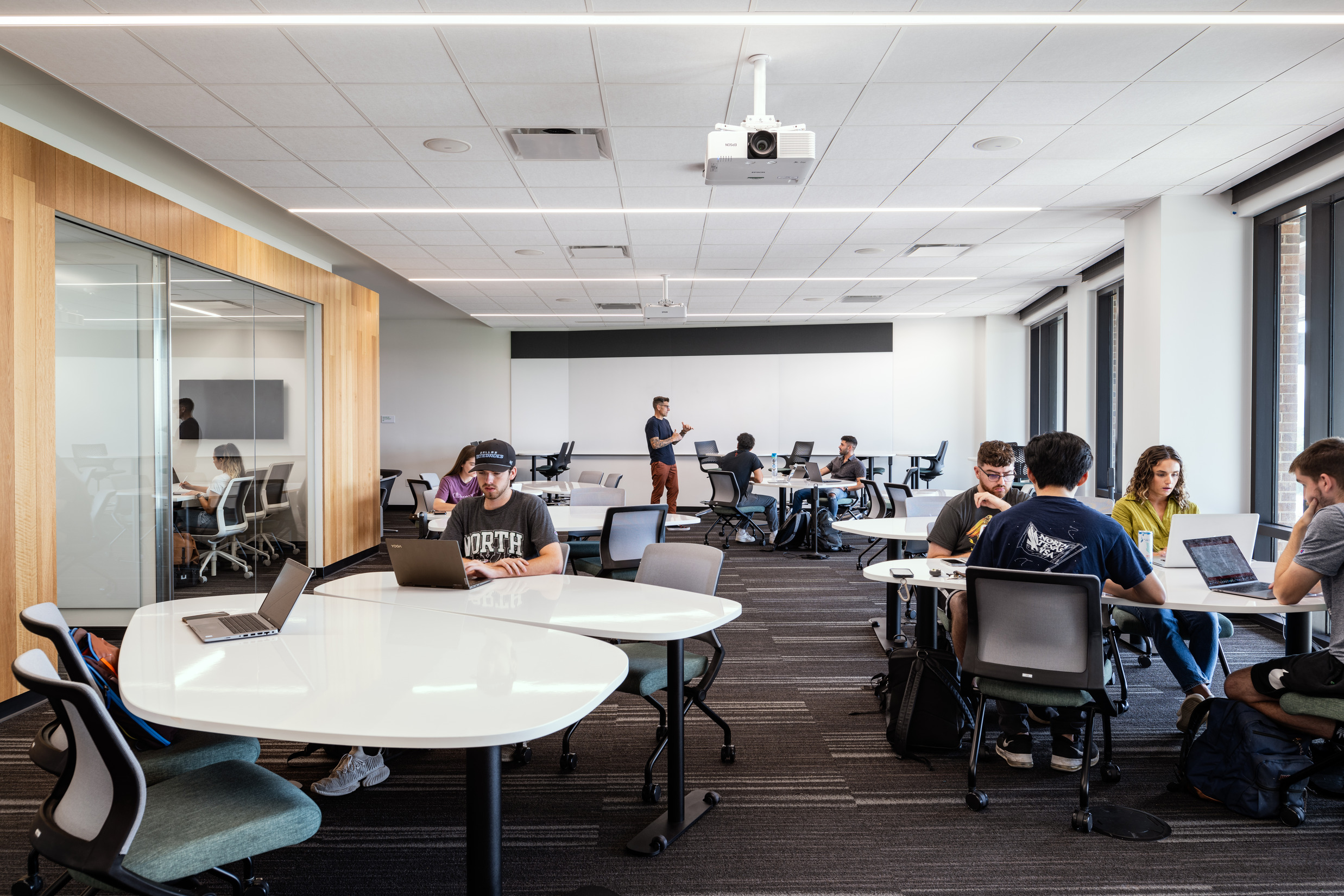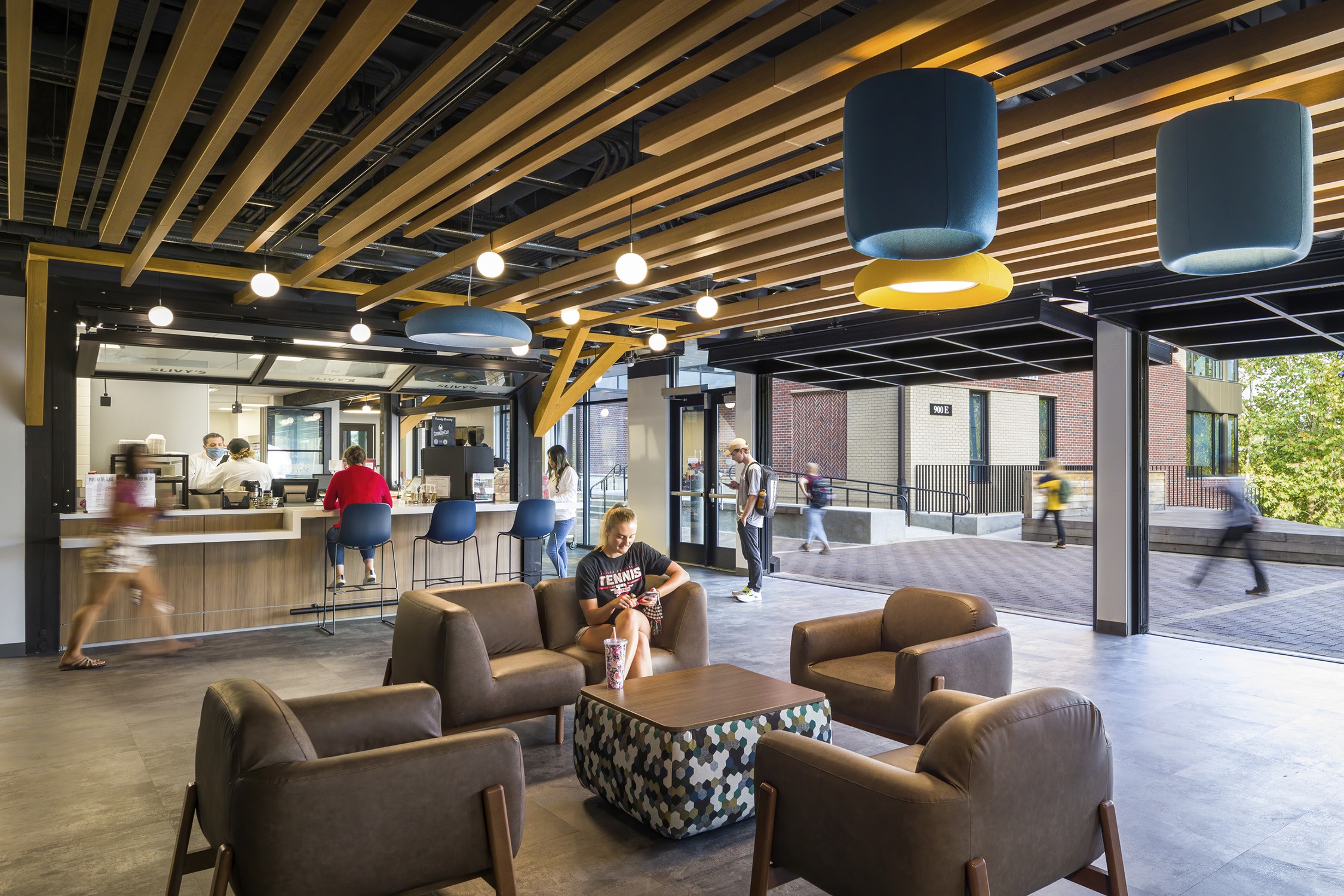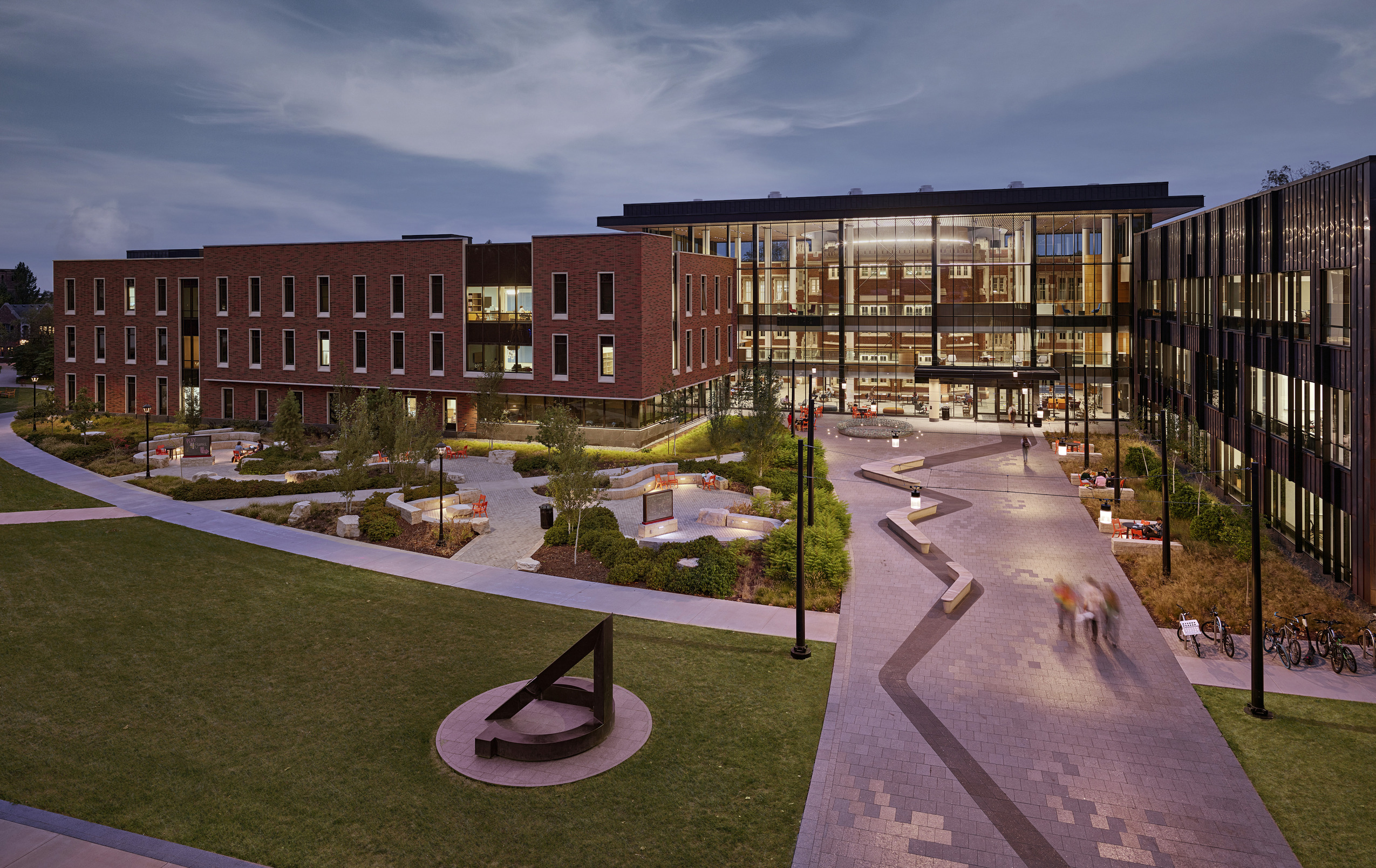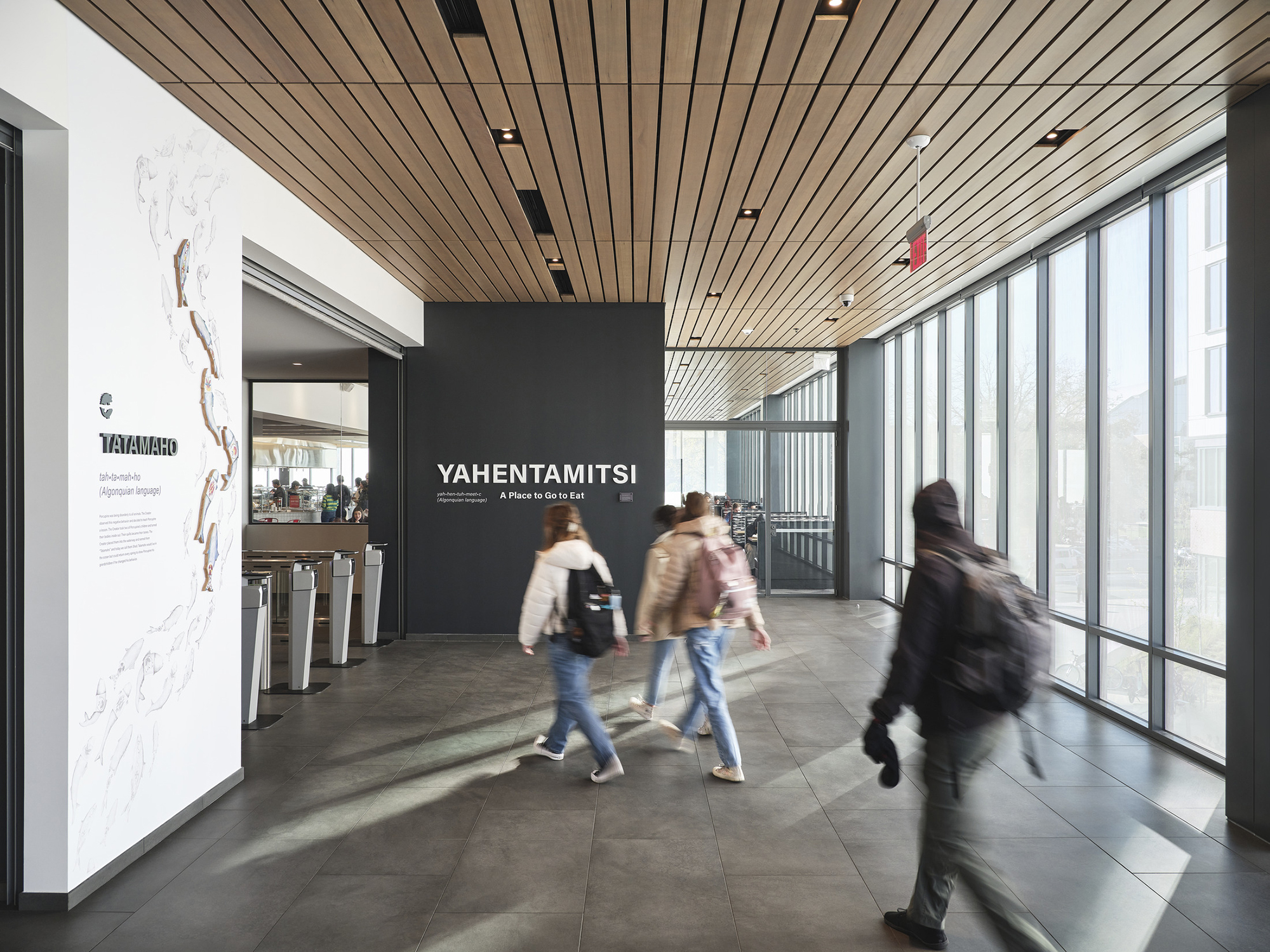University educators and student life professionals have long recognized that student engagement is a cornerstone of academic success. In today’s landscape — shaped by digital distraction and the rise of virtual learning — fostering meaningful interpersonal connection is more important than ever. While learning environments support inquiry and residential environments cultivate belonging, the campus student center is a vital bridge between academic and residential life.
Student centers are often the heartbeat of campus life. More than just buildings, they serve as dynamic social hubs that play a vital role in fostering engagement — and, in turn, driving retention. When designed with intention and empathy, student centers become the campus “great room,” welcoming all and accommodating everything from quiet study to vibrant student events.
Comfortable lounges invite casual connection and spontaneous interaction. Flexible meeting spaces empower student organizations and extracurricular pursuits. Dining options that are healthy and affordable, along with wellness and recreation facilities, support holistic student well-being. Together, these elements create an environment where students feel seen, supported, and inspired to thrive.
A thoughtfully designed student center isn’t just an amenity — it’s a strategic investment in the student experience, one that enhances community, strengthens identity, and supports both recruitment and long-term success. Here are some key themes in student center design that amplify the community-building effects of these essential campus nodes.
